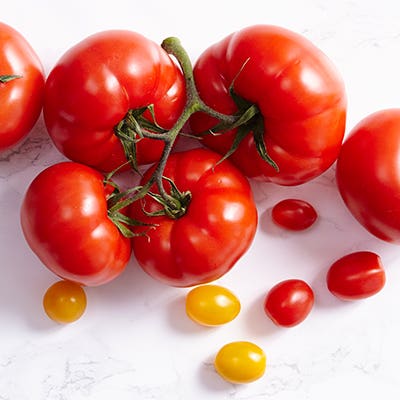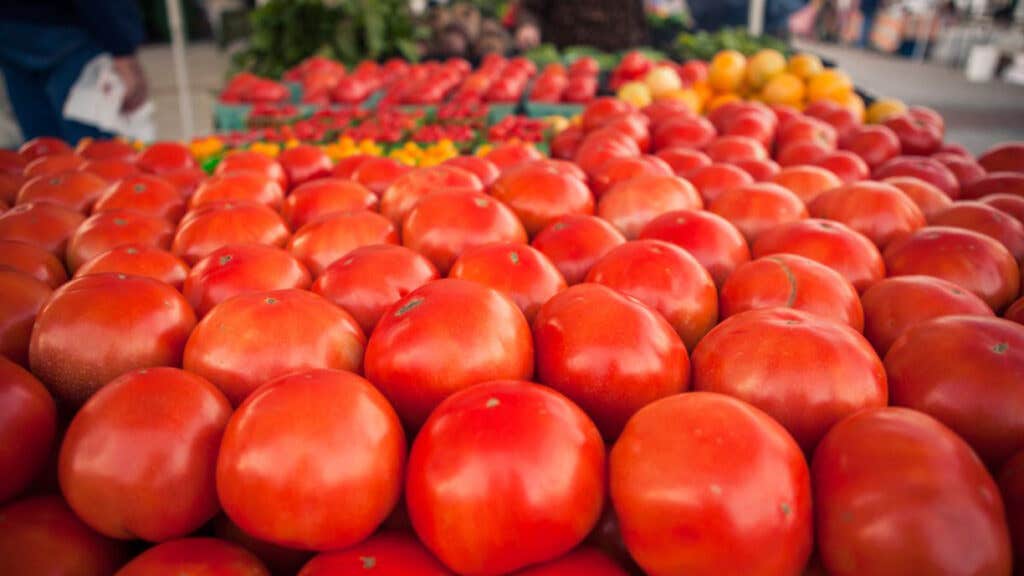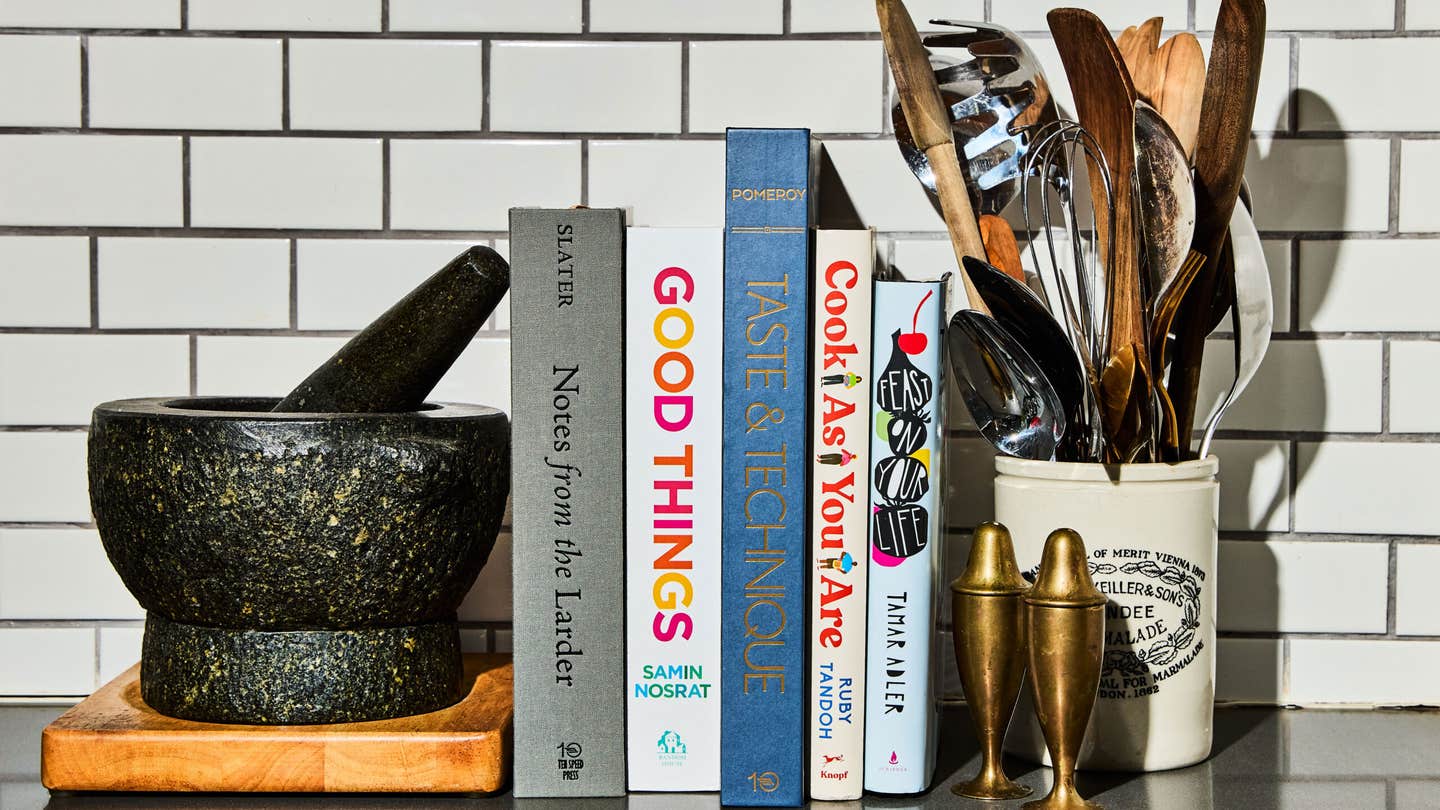
Scientists Are Using Food Waste to Create Stronger, More Sustainable Car Tires
Driving on eggshells (and tomato peels)

Researchers at the Ohio State University have hatched a brilliant new idea: using food waste, namely tomato peels and eggshells, as filler for rubber car tires.
The team hopes that these new food-filled fillers, which have already exceeded industrial performance standards in tests, can be combined with fillers made from carbon black, the petroleum-based material that has long been used in manufacturing tires. Often purchased from overseas by American companies, carbon black is becoming harder and harder to procure, with concerns growing over global supplies of the crude oil it's derived from.
As Katrina Cornish, OSU's Endowed Chair in Biomaterials, explains, the benefits of developing this technology would be threefold: making rubber products more sustainable, reducing American dependence on foreign oil, and keeping food—which makes up one-fifth of landfill waste—out of landfills. She and her team gathered various food waste products from Ohio food producers, targeting eggshells for their "porous microstructures that provide larger surface area for contact with rubber," and tomato peels for their stability at high temperatures. The composite filler not only strengthened the rubber but also allowed it to maintain its flexibility.
According to the USDA, Americans consumed almost 100 billion eggs last year, with tomatoes coming in at 13 million. But the proposal to use these byproducts doesn't rely on consumers to save their eggshells and tomato scraps for a dedicated tire fund. Rather, were this method to take off, it'd take advantage of the millions of tomatoes destined for canning, which lose their skins at the processing plant and are available for bulk collection, as well as egg products pre-cracked at the industrial level.
Reducing the amount of food waste in landfills doesn't only save space. It also reduces the output of methane, a greenhouse gas produced when bacteria reacts with food and yard trimmings.
Cornish now has a patent pending for her food-as-filler method, which may allow scientists to pursue new applications that have not been possible with natural rubber. A fun consequence of this experiment? The new rubber isn’t fully black, but a reddish brown, depending on the amount of food added in. Cornish’s team is testing different combinations to figure out how to add color to the raw materials, making tire production more sustainable and colorful too.
h/t Popular Science
Keep Reading
Continue to Next Story










